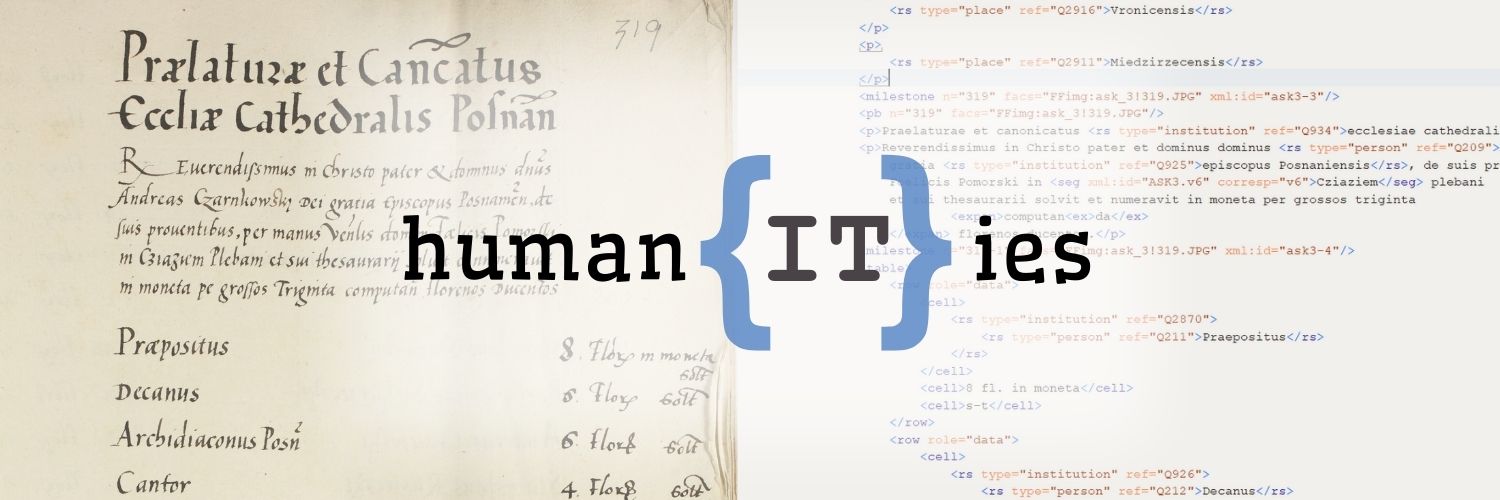Project goals: Difference between revisions
From LHDB
(Created page with "<skin>tweeki</skin> Wielość zastosowań i rozwiązań informatycznych sprawia, że zasoby badawcze są często związane z konkretnymi narzędziami badawczymi, przez co stają się zamknięte, trudne do ponownego wykorzystania. Niekiedy nie są wcale udostępniane szerzej i pozostają w indywidualnym zasobie badacza, nawet po wykorzystaniu czy zakończeniu projektu badawczego. Przetworzenie danych badawczych wytwarzanych na KUL-u do udostępnienia w prostym i jednoli...") |
No edit summary |
||
| (4 intermediate revisions by 2 users not shown) | |||
| Line 1: | Line 1: | ||
<skin>tweeki</skin> | <skin>tweeki</skin> | ||
[[pl:Cele projektu]] | |||
{{DISPLAYTITLE:Project objectives}} | |||
<html> | |||
<style> | |||
.goals-grid { | |||
display: flex; | |||
flex-direction: column; /* Ustawia elementy jeden pod drugim */ | |||
width: 100%; /* Zajmuje całą dostępną szerokość */ | |||
gap: 1em; | |||
margin: 2em auto; | |||
padding: 0 1em; | |||
} | |||
.goal-tile { | |||
background-color: #f8f9fa; | |||
border-radius: 8px; | |||
padding: 1.5em; | |||
text-align: left; | |||
text-decoration: none; | |||
color: #000; | |||
box-shadow: 0 2px 6px rgba(0,0,0,0.05); | |||
margin-bottom: 0; /* Usuwam domyślny margines dolny, bo mamy gap */ | |||
} | |||
.goal-tile strong { | |||
font-size: 1.1em; | |||
margin-bottom: 0.5em; | |||
} | |||
.res-img img { | |||
border-radius: 8px; /* Dodajemy zaokrąglenie rogów do obrazka */ | |||
max-width: 100%; /* Aby obrazek nie wychodził poza kontener */ | |||
display: block; /* Aby marginesy działały poprawnie */ | |||
margin: 1em auto; /* Wyśrodkowanie obrazka */ | |||
} | |||
</style> | |||
<div style="line-height: 1.6; font-size: 16px; text-align: justify;"> | |||
<p> | |||
<strong>The multitude of IT applications and solutions means that research resources are often tied to specific research tools, making them closed, difficult to reuse.</strong> | |||
Sometimes they are not made available more widely at all and remain in the individual researcher's resource, even after the research project has been used or completed. | |||
</p> | |||
<p> | |||
Processing research data produced at KUL for sharing in a simple and unified environment provides an opportunity for: | |||
</p> | |||
</div> | |||
<div class="goals-grid"> | |||
<div class="goal-tile"> | |||
<strong>the systematic accumulation and preservation</strong> of research material collected in the KUL units or its project groups. | |||
</div> | |||
<div class="goal-tile"> | |||
<strong>harmonization and combination</strong> of research material from different units and projects carried out at KUL. | |||
</div> | |||
<div class="goal-tile"> | |||
<strong>to formulate new problems and create scientific publications</strong> on the basis of the results of research conducted at KUL in different units and projects (teamwork, interdisciplinary research). | |||
</div> | |||
<div class="goal-tile"> | |||
<strong>sharing and introducing the results of research into scientific circulation</strong>, which will be decisive in the future for the <strong>scientific position of KUL</strong> and building its position in scientific networks, including international ones (new projects, citability). | |||
</div> | |||
<div class="goal-tile"> | |||
<strong>linking KUL research data</strong> with other sources of research data, in the first place with <strong>reference resources with the greatest reach (Linked Open Data)</strong>. | |||
</div> | |||
</div> | |||
</br> | |||
<div class="row res-img" style="text-align: center;"> | |||
<img src="https://wiki.kul.pl/wl/images/3/36/Lab_bg.jpg" alt="Logo LHDB"> | |||
</div> | |||
</div> | |||
</html> | |||
[[Category:Humanities Research Data Lab]] | [[Category:Humanities Research Data Lab]] | ||
Latest revision as of 10:12, 12 May 2025
The multitude of IT applications and solutions means that research resources are often tied to specific research tools, making them closed, difficult to reuse. Sometimes they are not made available more widely at all and remain in the individual researcher's resource, even after the research project has been used or completed.
Processing research data produced at KUL for sharing in a simple and unified environment provides an opportunity for:
the systematic accumulation and preservation of research material collected in the KUL units or its project groups.
harmonization and combination of research material from different units and projects carried out at KUL.
to formulate new problems and create scientific publications on the basis of the results of research conducted at KUL in different units and projects (teamwork, interdisciplinary research).
sharing and introducing the results of research into scientific circulation, which will be decisive in the future for the scientific position of KUL and building its position in scientific networks, including international ones (new projects, citability).
linking KUL research data with other sources of research data, in the first place with reference resources with the greatest reach (Linked Open Data).
